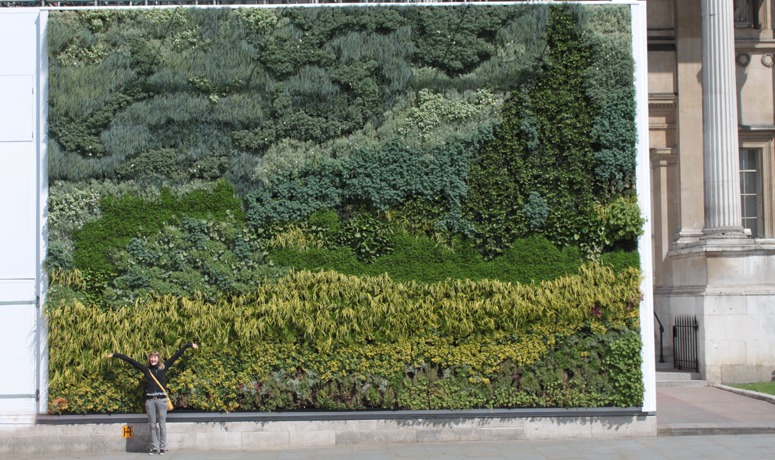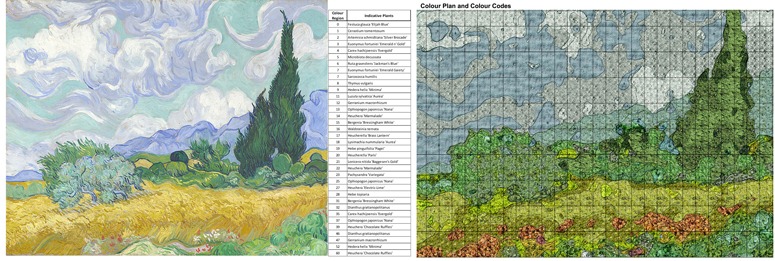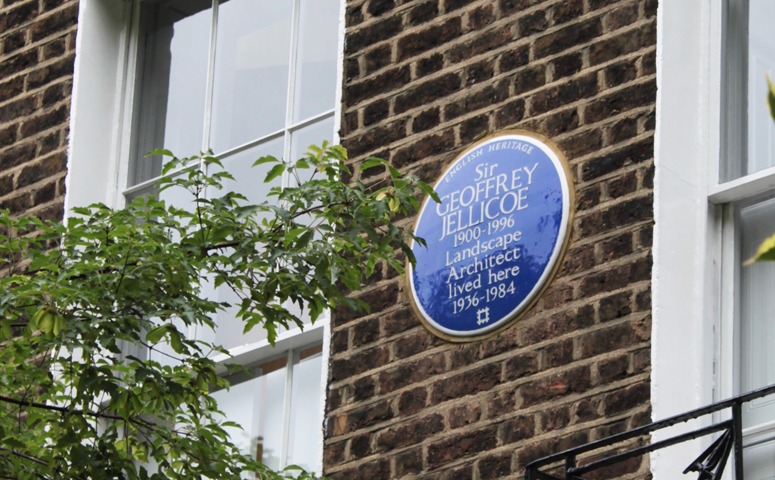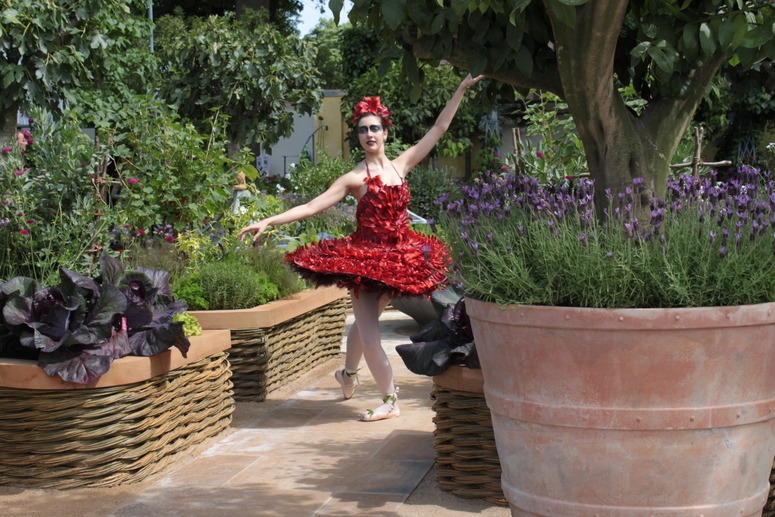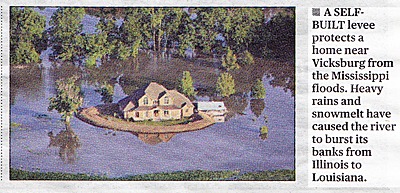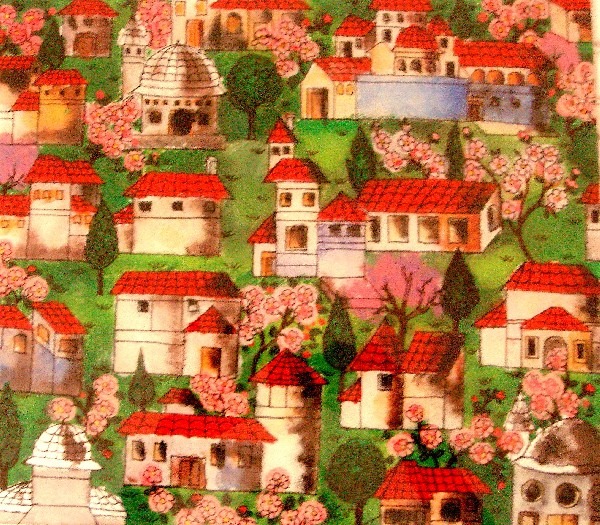 It would be unfortunate to lose the distinction between [1] garden design and [2] [3] landscape architecture much as the trend towards [4] interior architecture is actually unfortunate for [5] interior designers. The differences of focus and attention to scale provide a variety of design insights which are not replicated.
It would be unfortunate to lose the distinction between [1] garden design and [2] [3] landscape architecture much as the trend towards [4] interior architecture is actually unfortunate for [5] interior designers. The differences of focus and attention to scale provide a variety of design insights which are not replicated.
Why? Because the rich tradition of garden design is the foundation and a source of inspiration to landscape architecture, to urban design and to city design. In the future we may say more as gardens move from the [6] ground plane to vertical surfaces and [7] roofs. Parc Eduardo VII in [8] the city of Lisbon is an example of the axis and hedges of gardens informing the structuring of city vistas.
There is much to be said for the process of abstraction. Landscape architects, arguably coming into being with the [9] English landscape tradition, have evolved a language and way of working of their own, which is continually evolving. Viva la difference!
Image courtesy Artifolio

